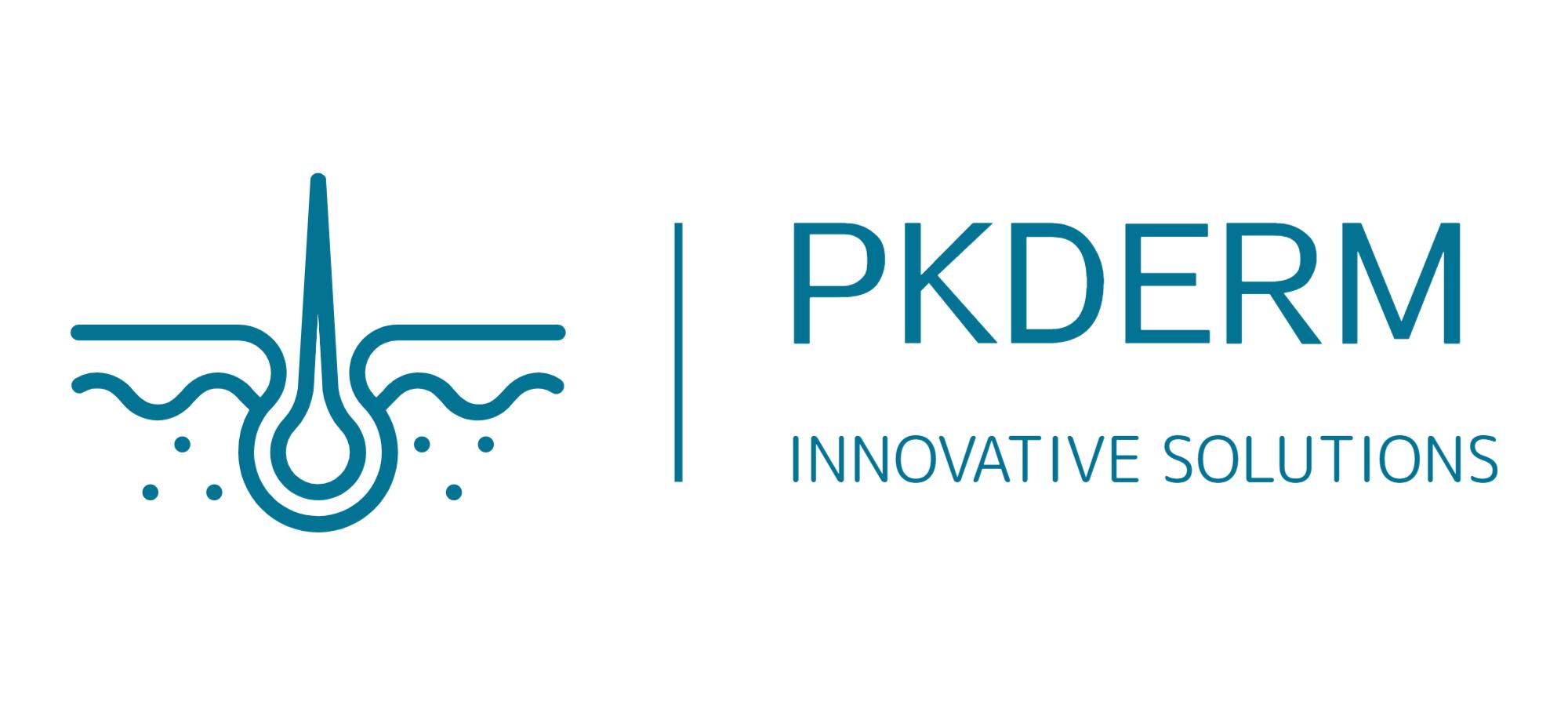OpenTox Virtual Conference 2021 Session 11
Biologically meaningful descriptors for the prediction of skin sensitization potential of small molecules
Anke Wilm1,2,*, Marina Garcia de Lomana3, Conrad Stork1, Neann Mathai4, Stef en Hirte3, Ulf Norinder5,6,7, Jochen Kühnl8 and Johannes Kirchmair1,3,4
- Center for Bioinformatics (ZBH), Department of Informatics, Universität Hamburg, 20146 Hamburg, Germany; A.W. wilm@zbh.uni-hamburg.de; C.S. stork@zbh.uni-hamburg.de
- HITeC e.V., 22527 Hamburg, Germany
- Department of Pharmaceutical Sciences, Faculty of Life Sciences, University of Vienna, 1090 Vienna
- Department of Chemistry and Computational Biology Unit (CBU), University of Bergen, N-5020 Bergen, Norway
- MTM Research Centre, School of Science and Technology, Örebro University, SE-70182 Örebro, Sweden 6 Department of Computer and Systems Sciences, Stockholm University, SE-16407 Kista, Sweden 7 Department of Pharmaceutical Biosciences, Uppsala University, SE-75124 Uppsala, Sweden 8 Front End Innovation, Beiersdorf AG, 22529 Hamburg, Germany
Substances that can induce allergic contact dermatitis after repeated contact with human skin are called skin sensitizers. To prevent allergic contact dermatitis in a working or consumer environment, early detection of potential skin sensitizers is important. While in the past this was preferably assessed with the local lymph node assay (LLNA), nowadays animal experiments on skin sensitization are preferably replaced by non-animal alternatives such as in chemico and in vitro assays and computational tools. To make these tools applicable also in a regulatory setting, an estimation of predictions reliability is of utmost importance. We have developed several tools for the prediction of skin sensitization potential and potency of small organic molecules and analyzed their reliability measures as well as the strengths and weaknesses of the approaches related to the limited data that is available in the public domain for model development. Our latest tool, Skin Doctor CP: Bio is based on only ten interpretable bioactivity descriptors and reaches competitive performance. It is wrapped into an aggregated Mondrian conformal prediction workflow to ensure the defined reliability of each prediction. The models and data sets are freely available for academic use.


